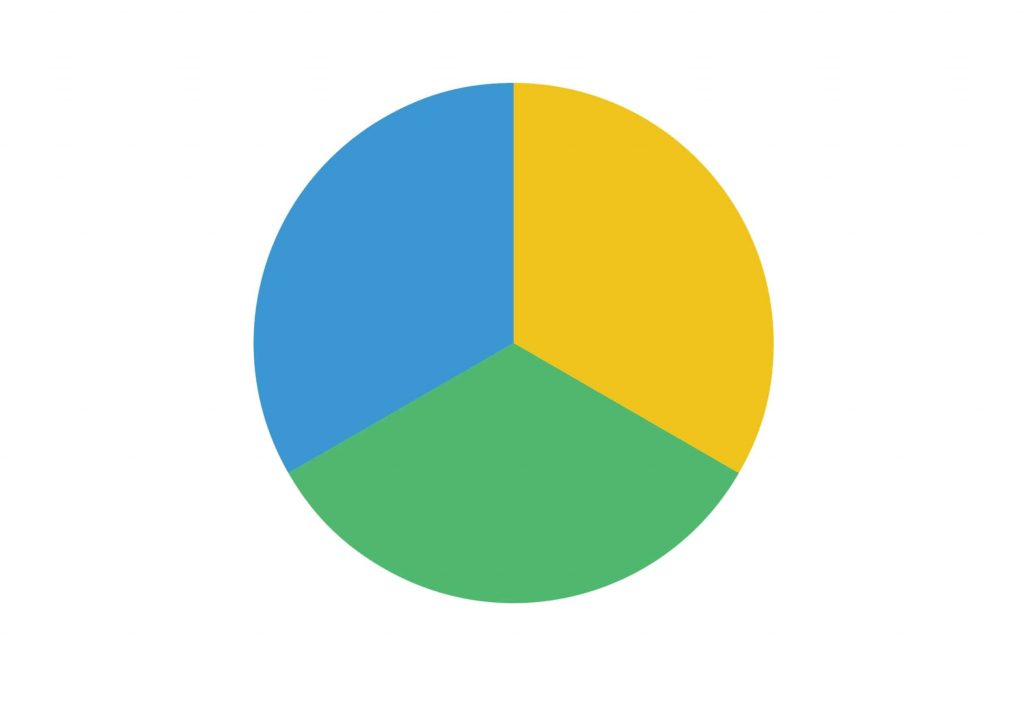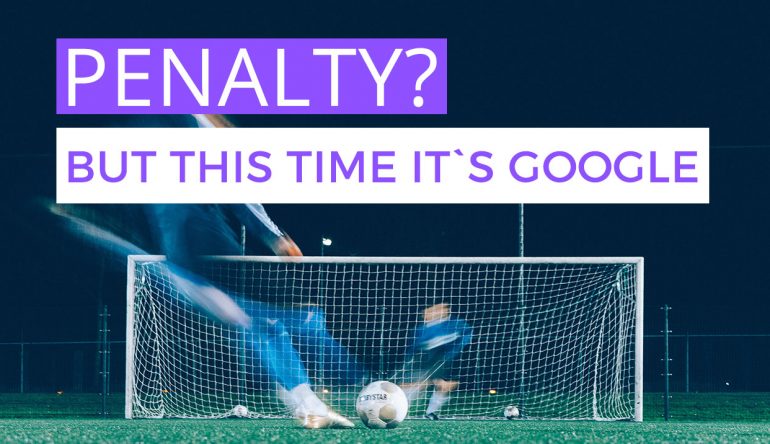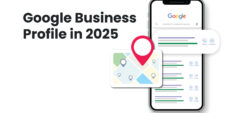In a study conducted by Backlinko, they looked at 5 million Google searches and results showed that only 0.78% of people went to the second page of Google. No wonder everyone is trying to get their websites to appear on the first page, as near as possible to the top.
When Google first launched, it was nowhere as refined as it is today. Its algorithm wasn’t as smart, so tons of websites tried to abuse it. Websites with poor content quality managed to boost their search page ranking, damaging Google’s reputation. Because of this, Google started working on its algorithm more, making it much smarter and able to detect algorithm abuse.
They set up a penalty system, where, if you break one of their rules, your website can get penalized and removed from the search pages.

What are the reasons websites get penalized?
The list of possible offenses is quite long, so here are some of the most frequent reasons your website can get a Google penalty.
1. Low quality backlinks
One of the most important parts of SEO is backlinks. The more backlinks you have, the better your Google ranking. Websites realized this early on and misused backlinks, putting them on every website they could find, no matter the quality of the links and websites, which granted them a good ranking. But if you do this now, it will result in a Google penalty.
It’s good to have a ton of backlinks, but make sure that both them and the websites they’re on are high quality. Google’s crawlers will easily detect any suspicious activities.
What are high and low quality backlinks?
High quality links entail a number of things:
- If an important domain has your link on it, that makes the link more quality.
- Same goes for websites that are similar to yours, which makes relevance another factor of high quality links.
- Content also plays a role, and the more unique the content, the more quality the link.

What makes low quality links is all the opposite:
- Don’t post links from suspicious websites and avoid linking to low domain authority websites, as well as adult websites.
- Avoid linking to and from websites that have nothing to do with yours. If you run a cooking blog, Google won’t appreciate you posting links from your friend’s website related to cars or something completely unrelated to cooking. The algorithm will immediately realize what you’re doing and both websites could get penalized.
- Additionally, keyword-stuffed content also makes for low quality backlinks.
2. Link spamming
Putting a link of your website everywhere might seem like a good idea, but trust me, it really isn’t. In fact, it is something Google won’t hesitate to penalize you for.
We’re all familiar with how much Google cares about their users, and how everything they do and every change they make has the aim of improving user experience. Spamming is hated by everyone, so it only makes sense that Google sees it as a punishable offence.
Avoid linking to your website when it is not necessary, especially in comments.
3. Hidden content and keyword stuffing
This is another tactic that websites would use a few years ago. They’d make the background and some of the text the same color, and just write a ton of nonsensical text that contained keywords they wanted to rank for, as well as the names of their competitors. This tactic, known as ‘content cloaking’, is much harder to pull off today, because search engines are much smarter.
On the topic of keywords, we all know how important they are for search engine rankings. But use them in a reasonable amount, or the algorithm will think that you’re keyword stuffing your content, which will result in a Google penalty. There are multiple websites where you can check your keyword density and usage, and the Yoast SEO plugin is one of the very best.

4. Hacked website
Imagine never utilizing illegal SEO tactics and waking up one morning and seeing that all of your organic traffic is gone. This reason for a Google penalty is completely out of our hands, which makes it especially terrifying.
The reason the organic traffic of your website dies after your website gets hacked is because Google notices suspicious activity on your website and completely removes it from its search pages with the goal of protecting its users.
The reason people hack websites is most usually to fill them with ads with malware and links to other websites. The worst thing about this? There can always be some residual bad code that can remain hidden after you think you’ve successfully cleaned up your website from all suspicious activity.
Here’s the steps to fixing your website after a hack:
- The minute you notice your site has been hacked and removed from the search pages, you need to contact your web host and quarantine your website.
- The next step is identifying the problem, which is done through the Google Search Console.
- After you’ve identified the problem, it’s time to fix it. There are dozens of online security services that can help you with this, of which SUCURI and SiteGuard are among the most popular. They both offer money-back guarantees, which is how you know they provide a quality service.
- These security services will not only clean your website, but will also provide additional security measures for future hacking prevention.
- After your website has been cleaned, you will need to contact Google and ask them to remove your website penalty.
A great tip is using a security service before your website gets hacked and preventing the whole process. They monitor your website and its activity and are able to find vulnerabilities that hackers use when hacking your website.
5. Harmful inbound links
Here’s another thing out of our control that can result our website in getting penalized. When a suspicious or malicious website links to you, it creates harmful inbound links, which are penalty worthy.
To make sure no harmful website is linking to you behind your back, you need to monitor this activity and you can do this using the Google Search Console or a tool like Moz’s Link Explorer or SEMRush.
By typing your website’s URL into these online tools, you will get a ton of useful data, such as your domain authority, page authority, linking domains, and, most importantly, a list of your inbound links.
6. Anchor text overuse
Anchor text are clickable parts of text that take you to another page. Their purpose is to guide people towards other important links or additional information. As such, its use needs to be natural.
A penalty can happen if you make a lot of words into anchor text. Imagine if I wanted to link the homepage of our website by turning this whole sentence into anchor text. It would look anything but natural and would disrupt the reading experience.
7. Other penalty worthy tactics
Here are some more reasons that often cause websites to get a Google penalty.
If not many people visit your website, and those that do only stay on your website for less than 30 seconds, Google’s algorithm will think that your website has no quality and can penalize you. This is why a high website bounce rate is especially dangerous.
The same goes if you create links that redirect users to another site without them wanting to do it and if you remove the back button, forcing users to stay on your website for a little longer.
Additionally, if your pages have very little content on them, that content isn’t substantial and exists only for the purpose of keyword ranking. Also, try not to overuse ads, you don’t want there to be more ads than content on your website, because this too can result in a Google penalty. There isn’t a known limit, just make sure you’re using them sparingly.
Types of Google penalties
There are two types of Google of penalties: algorithmic and manual penalties. There’s a lot of confusion between these two terms, so I’m going to try to simplify the difference as best as I can.
Manual penalties are what happens if you violate Google’s guidelines, and you will get a message telling you that you’ve been penalized and why. They’re issued by people, most probably from Google’s Quality Team.
On the other hand, you don’t get notified about algorithmic penalties, which are automatic and happen when Google makes a change. If your website happens to experience a drop in SERP ranking and you don’t get a message telling you why, it’s because Google changed their algorithm in some way, which then detected something on your website and penalized it.

How to know which penalty your website received?
It’s simple: if you get a message telling you that it happened, it’s a manual penalty you’re dealing with. If you don’t, it’s an algorithmic penalty.
Now arises a whole new problem: since you didn’t get a message from Google, it will be hard to find out why you got penalized. If you run your own website and are not paying someone to maintain it, it is recommended that you frequently monitor your website’s search engine health. So, the minute an algorithm change rolls out, you will know what it affected.
If you missed the Google penalty, there are tools that can help you, such as Barracuda’s Penguin Tool, that tell you everything about Google’s algorithm updates and will help you get to the bottom of what caused the penalty. There’s also Rank Ranger, which offers detailed information about Google updates.
How to fix a Google penalty?
Fixing a manual penalty
Firstly, check your main account dashboard for messages and the Manual Actions option in the Search Traffic part of the menu. Here, you will find out what the manual penalty is.
Remember how many penalties involve backlinks?
The most frequent reason websites get a Google penalty is bad backlinks, also known as toxic backlinks. The worst part is that sometimes they can happen out of your control, so you can get a penalty for something you definitely did not do. They can come from spam websites, unindexed websites, and sites with viruses, but don’t worry.
There are dozens of websites that can help you find every toxic backlink and remove it. Among the best ones are Link Detox, Link Assistant, and Moz’s Link Explorer, and Monitor Backlinks. They’re all easy to use and navigate, which significantly speeds up the process of cleaning up toxic backlinks.
Unfortunately, there could be some links that you won’t be able to remove. In this case, you will need to contact their owner and ask them to remove the links. You can also contact Google and tell them that you don’t own the toxic backlinks so they don’t take them into account when indexing your site. This can be done using Google’s Disavow Links Tool.

Fixing an algorithmic penalty
I already mentioned tools that can help you detect an algorithmic penalty, but what’s next?
To fix an algorithmic penalty, you will need to read the most recent Google update log and look for algorithm changes. It is recommended that you print it out and have it in front of you because the next step will be comparing the changes with your website. See what they changed and in what way. If they changed the way, let’s say, meta descriptions work, you will want to change that. If they increased the needed quality of websites, make sure to up your game.
Whatever the reason you got the penalty, make sure you’re thorough while going through the changes.
It may seem scary and overwhelming at the beginning, but take small steps and try not to panic.
Conclusion
A Google penalty can be devastating and ruin a ton of hard work, but these things happen all the time. Even huge websites such as eBay have experienced them, and they even lost $200 million in revenue because of it.
To make sure you don’t get a Google penalty, make sure you’re using only SEO tactics that are in line with Google’s Guidelines. If something happens that is out of your control, if you check on your website frequently, you will find out immediately, which will enable you to work fast and get rid of the Google penalty as soon as possible.
Find the toxic backlinks using appropriate tools and remove them. In case you aren’t able to, contact the link owners and let Google know about them using the Disavow Backlinks Tool.
I hope that this never happens to you, but if it does, hopefully you can resolve it quickly. Thank you for reading!





